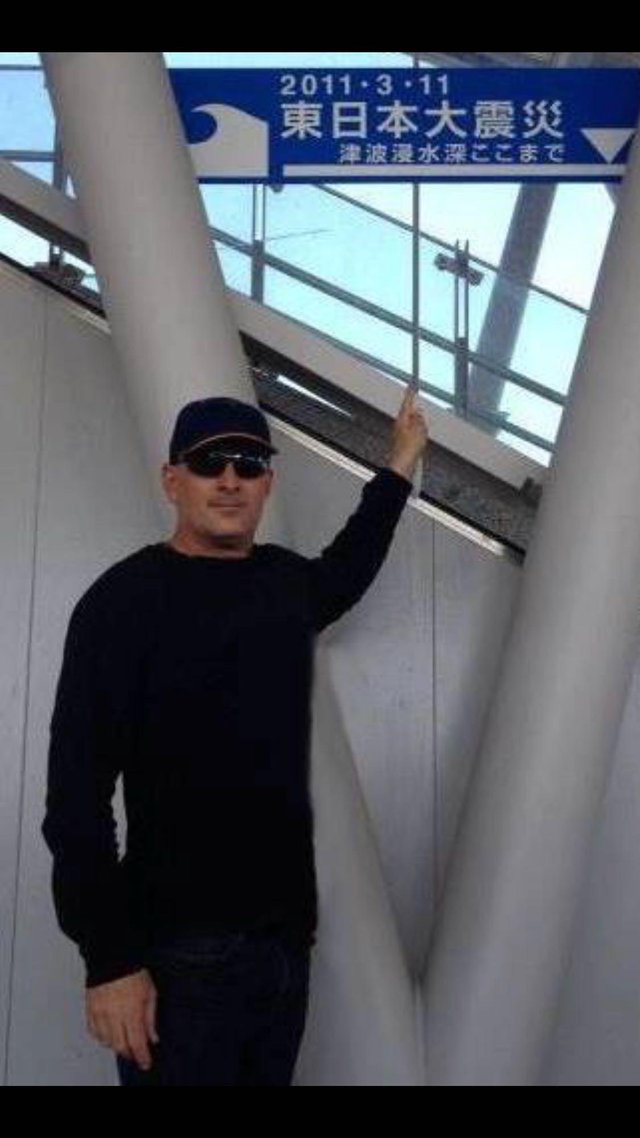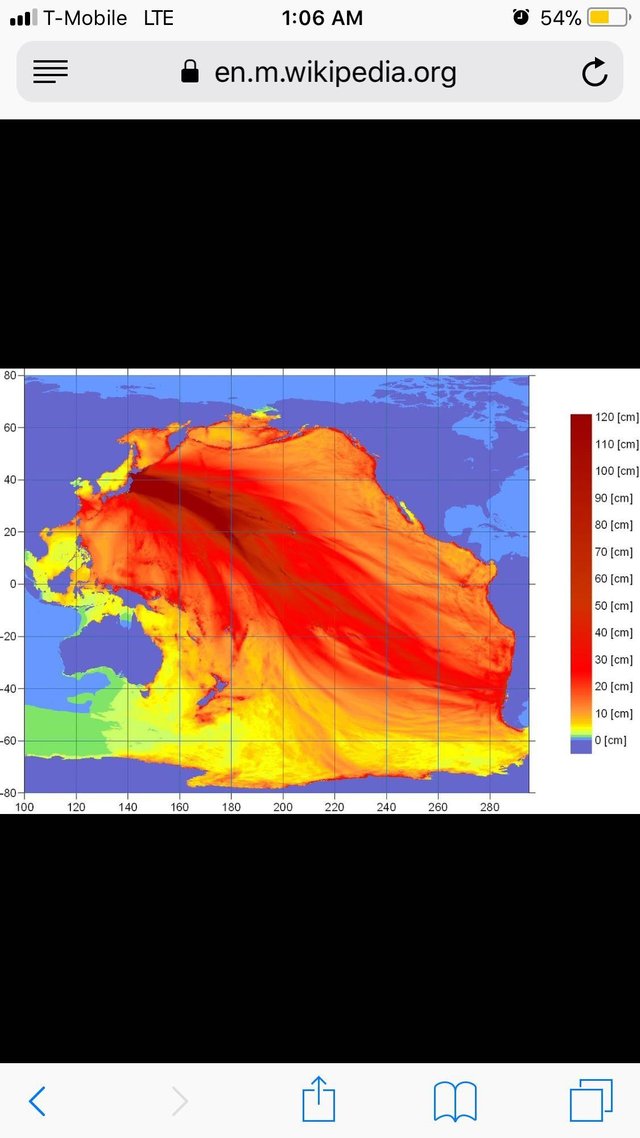
The Great East Japan Earthquake (東日本大震災 Higashi nihon daishinsai) and is also known as the 2011 Tōhoku earthquake. It was the most powerful earthquake ever recorded in Japan, and the fourth most powerful earthquake in the world since modern record-keeping began in 1900. The earthquake triggered powerful tsunami waves that reached heights of up to 40.5 metres (133 ft) in Miyako in Tōhoku's Iwate Prefecture,and in the Sendai area, traveled up to 10 km (6 mi) inland. The earthquake moved Honshu (the main island of Japan) 2.4 m (8 ft) east, shifted the Earth on its axis by estimates of between 10 cm (4 in) and 25 cm (10 in). The latest report confirms 15,894 deaths, 6,156 injured and 2,546 people missing across twenty prefectures, and a report from 2015 indicated 228,863 people were still living away from their home in either temporary housing or due to permanent relocation. The tsunami caused nuclear accidents, primarily the level 7 meltdowns at three reactors in the Fukushima Daiichi Nuclear Power Plant complex, and the associated evacuation zones affecting hundreds of thousands of residents. Many electrical generators were taken down, and at least three nuclear reactors suffered explosions due to hydrogen gas that had built up within their outer containment buildings after cooling system failure resulting from the loss of electrical power. Residents within a 20 km (12 mi) radius of the Fukushima Daiichi Nuclear Power Plant and a 10 km (6.2 mi) radius of the Fukushima Daini Nuclear Power Plant were evacuated. 
Authors get paid when people like you upvote their post.
If you enjoyed what you read here, create your account today and start earning FREE STEEM!
If you enjoyed what you read here, create your account today and start earning FREE STEEM!
Hi! I am a robot. I just upvoted you! I found similar content that readers might be interested in:
https://www.youtube.com/channel/UCgDRwLjCl9HDhSY7yGDJQ7wDownvoting a post can decrease pending rewards and make it less visible. Common reasons:
Submit